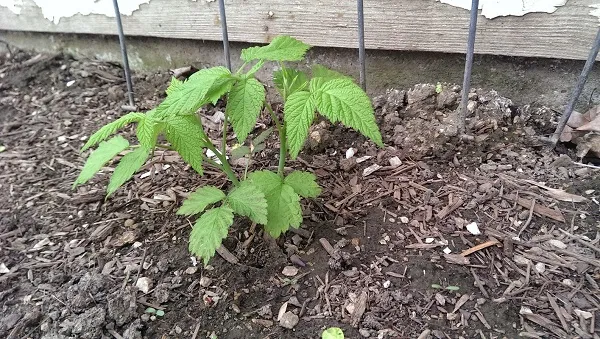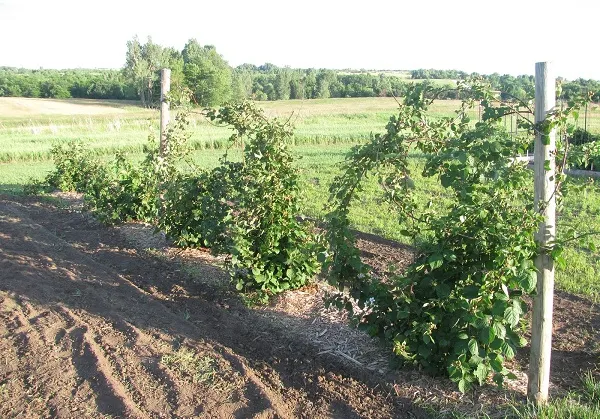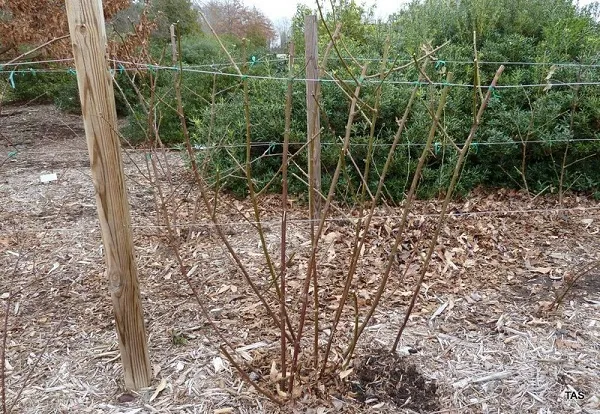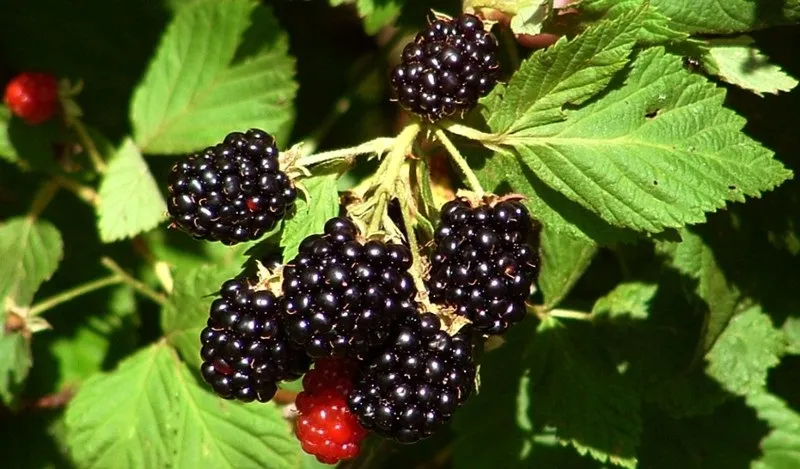Blackberry tastes like a sweet and sour berry that has useful and medicinal properties.
Blackberry is a bushy plant that belongs to the Rosaceae family. The blackberry is blooming, the fruits are black, dark purple, red-black in color.
What place to choose for a blackberry and how to plant it so that it gives a rich harvest?
Where to plant blackberries
When choosing a place, you need to take into account the weak winter resistance of blackberries. Choose a sunny or semi-sunny place for planting blackberries, protected from cold winds, because blackberries are light-loving and heat-loving plants. Lack of sunlight will cause small and sour berries, and young shoots will stretch uphill, shading the shoots with blackberry berries.
Blackberry roots do not tolerate waterlogging of the soil. Choose dry areas for blackberries so that they are not flooded with water throughout the year. Blackberry prefers loamy soils.

When and how to plant blackberries
It is better to plant blackberries in early spring, but you can also plant them in autumn. When planting blackberries in autumn, to prevent freezing of young plants, the above-ground part should be shortened to 30 cm and insulated for the winter.
A place for spring planting of blackberries must be prepared in advance, in the fall. The site should be dug up to a depth of 40 cm and fertilized with organic and mineral fertilizers. 50 g of potash fertilizers, 100 g of superphosphate, 5 kg of humus are given per 1 m2. If the soil in the area is clayey, add some sand and peat.
Like raspberries, blackberries are planted in pits or trenches. The size of the planting holes is 40 x 40 cm, and the depth is 40 cm. The distance between the plants should be up to 1 meter, depending on the variety. Fill the holes two-thirds full with fertile soil. If you did not prepare the soil in the fall, you need to do it in the spring. Fertilizers should be thoroughly mixed with the soil to prevent direct contact with the roots of seedlings. When sprinkling the roots of the seedling with earth, make sure that the basal neck is buried no more than 2-3 cm. If it is at a greater depth, then fruiting may not occur this year, but it will be next year until new buds form closer to the surface. After planting, water the plant and cover it with mulch.
Like raspberries, blackberries are planted in pits or trenches. The size of the planting holes is 40 x 40 cm, and the depth is 40 cm. The distance between the plants should be up to 1 meter, depending on the variety. Fill the holes two-thirds full with fertile soil. If you did not prepare the soil in the fall, you need to do it in the spring. Fertilizers should be thoroughly mixed with the soil to prevent direct contact with the roots of seedlings. When sprinkling the roots of the seedling with earth, make sure that the basal neck is buried no more than 2-3 cm. If it is at a greater depth, then fruiting may not occur this year, but it will be next year until new buds form closer to the surface. After planting, water the plant and cover it with mulch.

Blackberry care
If you planted blackberries correctly and followed all the above recommendations, blackberry care will be very easy.
Blackberry care consists of watering, weeding and loosening the soil, feeding and pruning.
Watering and feeding blackberry
Blackberries should be watered in a dry summer and during the vegetation period, and at the beginning of flowering and during the period of berry setting.
Properly planted blackberries should be fed no earlier than 3 years (with chicken droppings diluted with water) after planting.
The blackberry is propagated by seeds, layers, and root processes.

Blackberry pruning
In the first year after planting, cut off all inflorescences, the plant needs to take root well, and not waste energy on fruiting. Next season, the blackberry bush will thank you with a bountiful harvest.
Autumn pruning. Pruning blackberries causes a lot of trouble, however, for the normal development of the bushes, this procedure must be done regularly.
So, the first blackberry pruning is done two years after planting the bush. In the future, pruning must be carried out after the same period of time (a year or two), removing old shoots after fruiting.
Spring pruning. In addition to autumn, it is also necessary to prune in the spring period (at the same time, excessively long fruit-bearing stems whose tops have dried up are cut). Such pruning is carried out annually, leaving no more than five or six fruit-bearing shoots on each bush, which will be quite enough to harvest a good harvest.
If your blackberry variety remains uncovered for the winter, then the stems left for fruiting must be shortened in the fall. They are cut to the same height – about 1.5-1.8 meters.
Preparing blackberries for winter
Place non-winter-hardy blackberry bushes in the ground for the winter.
In order not to damage the plants, you can put them together with wallpaper – carefully pull out the supports and put them on the ground. Cover blackberry bushes with peat and leaves from above, and later cover with snow.
In the spring, the bushes should be opened in time before the buds are heavily swollen and formative pruning should be done. That is, to shorten too long shoots on the growth of the current year.

